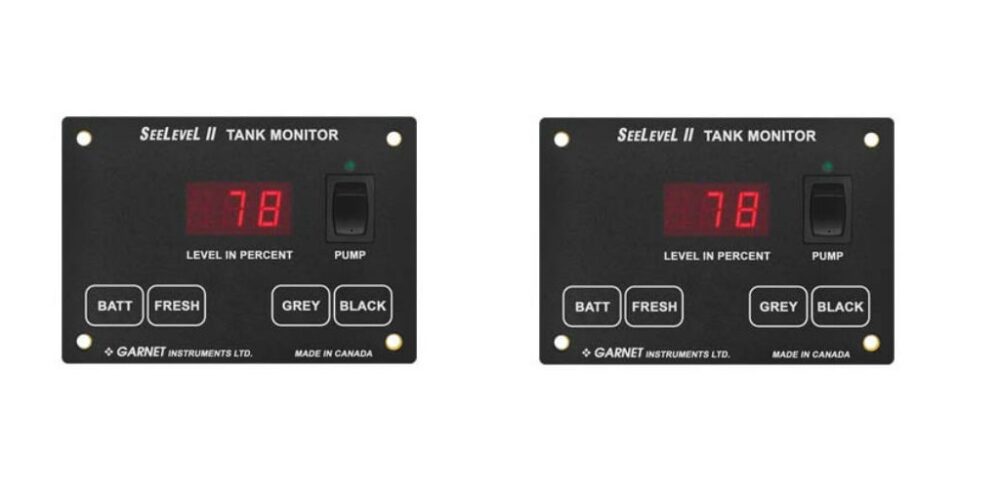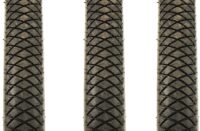Your RV is fraught with countless compartments, parts, and pieces that serve your rig specific and practical purposes. Many of these parts require diligent maintenance and monitoring in order to ensure they work without a hitch so that you can continue enjoying the open road without potentially dangerous scenarios.
While living in an RV, you know just how imperative it is to have running water for your shower, toilet, and sinks. You can even provide yourself with clean and safe drinking water (which is quite ideal if you intend on driving through a desert-like Death Valley, for example!).
For having and utilizing water in your rig, you are required to have three separate tanks: a clean water tank, a black water tank, and a gray water tank. But what exactly are the purposes of these imperative parts and how do you properly maintain them for consistent and reliable use?
Clean Water Tank
As you might have already gathered from its title, a clean water tank holds your clean (or potable) water, which flows out of your rig’s taps. These holding tanks are most often made of corrosion-resistant metal yet some are made of polyethylene or other plastic.
You should have a completely separate hose for filling your clean water tank with potable water. Absolutely do not mix up this hose with a hose for the other tanks, as these tanks are contaminated with fecal matter and other dangerous substances. We recommend using a white-colored hose to ensure no cross-contamination occurs.
Black Water Tank
The wastewater from your toilet goes right into your black water tank. This tank contains dangerous (and just downright filthy) substances, so proper disposal is key.
When emptying your black tank, use a proper sewage hose and only dump in places that this is allowed, such as marked sewers in campsites. Watching the levels of your black water tank is also important, as dumping it when the levels are too low can cause solid particles to not disintegrate enough, and dumping when the levels are too high, well… you would have the quite unsightly mess on your hands.
You should try to dump this particular tank once every few days to a week. That will give it plenty of time for those solid particles to dissolve. Plus, it will help control undesirable odors from lingering in your RV!
Gray Water Tank
What remains now is the wastewater that comes from other sources in your RV, such as your sinks and shower. This water is what flows and is held within your gray water tank. Since it doesn’t contain human waste, it can go in a different tank than the black water tank.
Why Use The Seelevel Tank Monitoring System
In order to keep your RV and its water system running smoothly, you will need to closely monitor the levels of the gray, black, and clean water tanks. One of the best ways of doing so is by installing the Seelevel Tank Monitoring System.
This system can effectively display the tank levels in a percentage format. But that’s not all it can display: it can even monitor battery voltage and your LPG (liquefied petroleum gas) tank. All of this key information is brought to you by an LED screen while only adding 5 pounds to your rig.
Where to Purchase the Seelevel Tank Monitoring System
Trust no one else to supply you with such a versatile and convenient system than RVupgrades. They have the Seelevel Tank Monitoring System ready to go whenever (and wherever) you are. You’ll “tank” us later.












